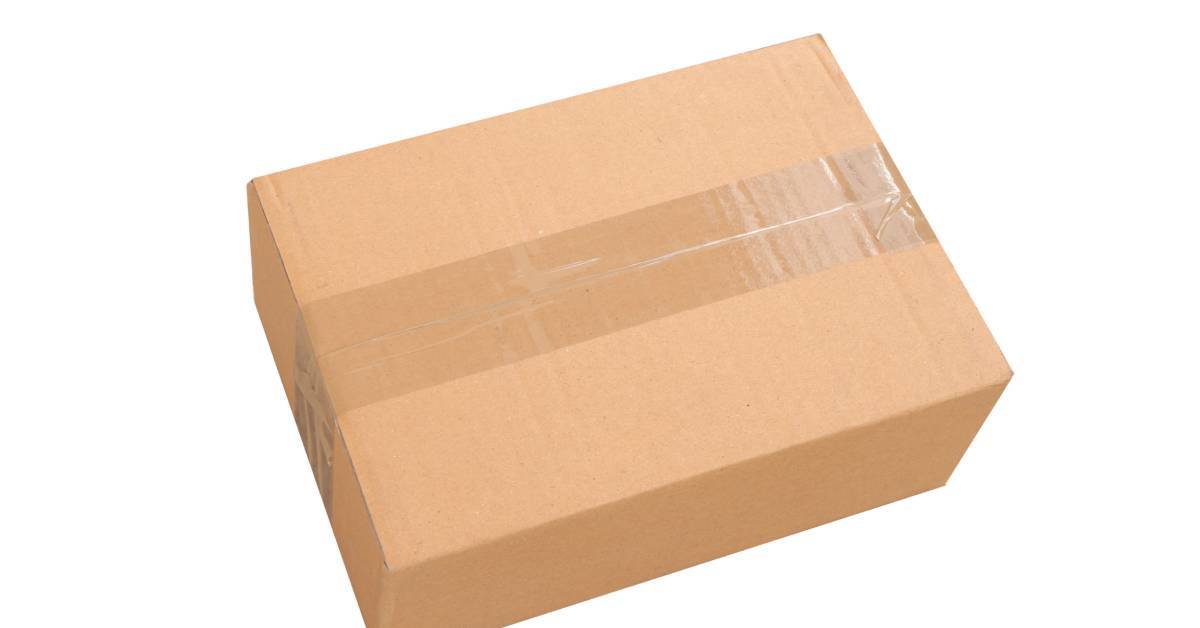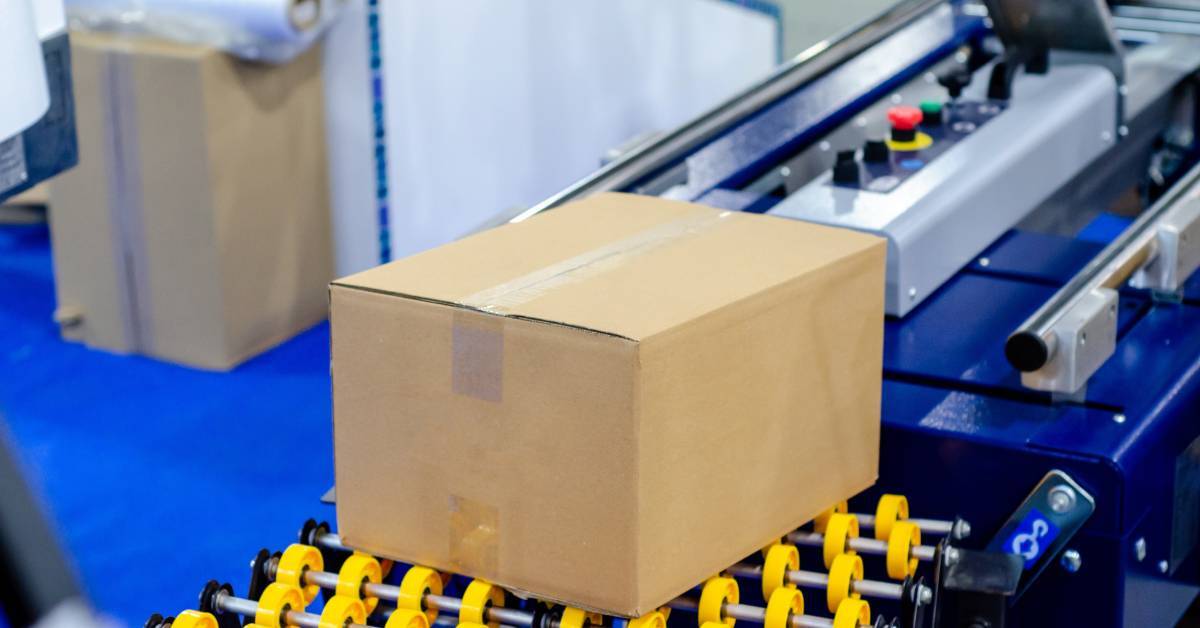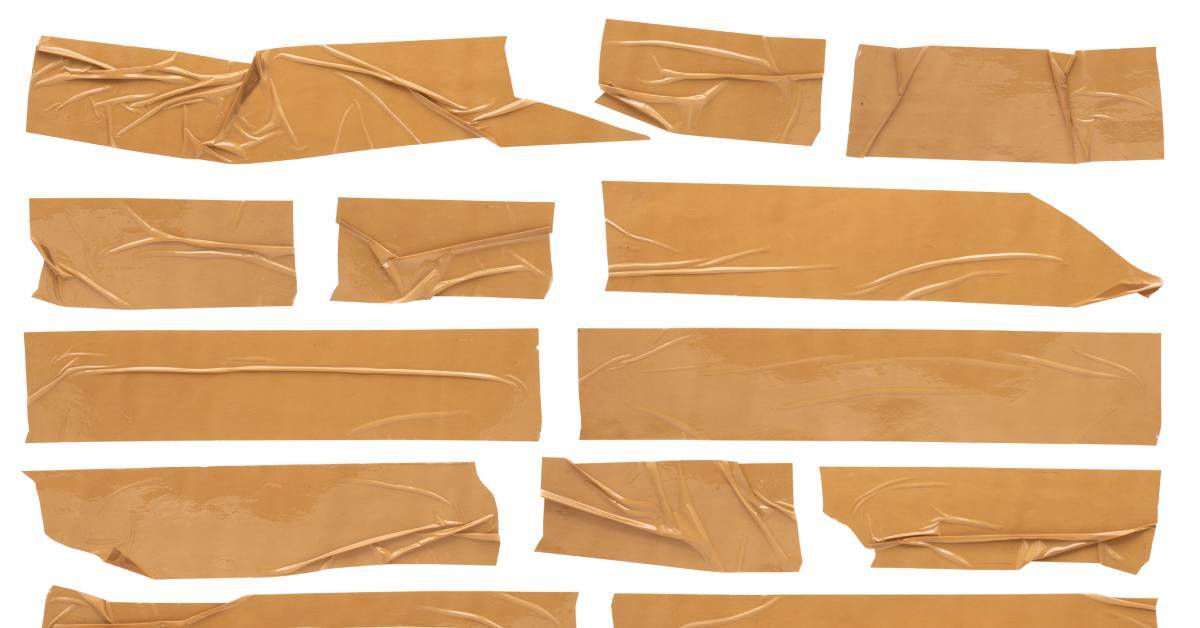
Whether you’re managing a high-volume packaging line or small-scale operations, optimizing carton-sealing practices is essential. A poorly sealed case can lead to damaged goods, customer dissatisfaction, and financial losses. This guide outlines eight ways to improve your carton sealing, from choosing the right materials to caring for your equipment.
Choose the Right Sealing Tape
The first step in effective carton sealing is selecting the appropriate sealing tape. Heavy cartons might require reinforced tape or high-tack adhesives to establish a secure seal that can endure the shipping process. Light cartons may only need standard tape to perform effectively.
It’s also important to consider the material of the case itself. Double-walled corrugated boxes are more likely to require a different adhesive strength compared to single-walled cartons. Understanding these material differences can help you choose a tape designed to meet your packaging requirements.
Consider Environmental Conditions
You can improve your facility’s carton sealing by considering the environmental conditions the package will endure. Temperature, humidity, and exposure to moisture can affect the performance of adhesive materials. Shipping products in humid or wet conditions may require weather-resistant or waterproof sealing tape. Similarly, extremely cold or hot temperatures could demand specialized adhesive formulations.
Evaluating the environmental demands of your shipping route can protect your cartons from damage. Always choose tape and materials designed to endure the conditions your products will face in storage or transit.
Below are three common types of case-sealing tapes and their key characteristics:
- PVC tape is ideal for heavy-duty applications because it provides excellent durability, quiet unwinding, and high resistance to impact.
- Acrylic tape offers long-term performance, superior UV resistance, and consistent adhesion in various temperatures, suitable for extended storage conditions.
- Hot melt adhesive delivers strong initial tack and adhesion that’s particularly effective for quick sealing in high-speed environments.
Match the Tape Width to the Carton Size
Tape width should align with the dimensions of the carton. For cartons measuring 15 inches wide or less, use two-inch-wide tape. For cartons exceeding 15 inches in width, opt for three-inch-wide tape.
The right tape width can also improve sealing efficiency. Appropriately sized tape minimizes waste and reduces the likelihood of weak seals, which could otherwise compromise the integrity of the packaging. Taking a few seconds to match the tape width to your carton size can result in long-term savings and high-quality results.

Invest in Quality Equipment
Semi-automatic case sealers offer a significant upgrade over manual sealing by combining efficiency with ease of use. These machines require an operator to fold the flaps of the carton and feed them into the sealer, but they drastically reduce the time and effort needed to apply tape.
Additionally, semi-automatic sealers deliver consistent and secure seals. This reduces the risk of human error and provides a professional finish for every package.
Automatic case sealers further enhance productivity by automating the entire sealing process, from flap folding to applying tape. These machines are ideal for large-scale operations, as they can handle high volumes of cartons without requiring constant supervision. The result is a streamlined workflow, minimal downtime, and more reliable sealing.
Adjust the Machine Settings
If using a case sealing machine, adjust the settings to match the dimensions and specifications of the cartons being processed. This step prevents misalignment or improper sealing, which can compromise the structural integrity of the packaging.
Regularly inspect the tape supply and tension settings to guarantee consistent application during operation. Overly tight or loose adjustments can result in uneven seals and wasted materials. Furthermore, maintain clean rollers and blades to avoid tape jams and conduct precise sealing.
Inspect Carton Integrity
Before you seal any carton, inspect its structural integrity. Look for tears, warps, or weak edges that could jeopardize the strength of the carton. Even high-quality tape won’t secure packaging if there’s a compromised base material. When necessary, replace damaged cartons to avoid potential problems during shipping.
Selecting the right carton for your goods depends on the weight, size, and fragility of the items being shipped. Heavy or bulky items require cartons made from thick, durable materials like double- or triple-walled corrugated cardboard.
For fragile goods, consider cartons with protective padding or internal dividers to minimize movement and potential damage. Always ensure the carton size is appropriate, leaving enough space for necessary cushioning materials without being excessively large.
Maintain Sealing Machines
Sealing machines are critical to streamline packaging operations. Consistent maintenance keeps them running smoothly. Follow your equipment manufacturer’s guidelines and maintenance timeline for the best performance.
Here are the general guidelines for maintaining carton sealers:
- Inspect and clean the blades regularly to keep them free from adhesive buildup.
- Replace worn or damaged rollers to maintain consistent sealing quality.
- Apply a lubricant to moving parts to avoid unnecessary wear and facilitate smooth machine operation.
- Test and calibrate tension settings to prevent poor sealing or carton damage.
- Inspect electrical components for any faults to ensure safe operation.

Optimize Sealing Speed
Adjusting the carton-sealing machine’s speed combines efficiency and quality. Fast speeds can clear high volumes of packaging, but excessive speed could compromise tape adhesion or lead to packaging errors.
Striking the right balance ensures high output without sacrificing seal integrity. Complex or fragile packaging requires slow speeds to achieve precision, while simple products can benefit from fast throughput.
Evaluating the needs of your packaging line allows you to set an optimal speed for every operation. The equipment supplier can advise you on the appropriate speed and other settings for your packaging line.
Test for Durability
Testing the seals of your packaging is crucial to ensure product integrity and customer satisfaction. Seal testing helps identify potential weak points or defects that could lead to leaks or contamination, compromising the safety and quality of the product. Regular testing also supports compliance with industry regulations.
Use a combination of methods such as burst testing, vacuum testing, and peel strength analysis. These tests evaluate the strength, durability, and airtightness of the packaging under various conditions.
Based on the findings, adjust your sealing processes, materials, or equipment settings to address any weaknesses and improve overall performance. Store detailed records of test results to identify trends and support long-term quality control.
Testing Frequency
How often you should test case seals depends on factors including production volume, product type, and regulatory requirements. For high-volume production lines, conduct seal tests at regular intervals throughout the manufacturing process, such as hourly or per batch. For small operations, daily testing is typically sufficient. Furthermore, conduct seal testing whenever there are changes in materials, equipment settings, or production conditions.
To guarantee product safety and meet packaging industry standards, it’s essential to securely seal cases. Effective carton sealing involves using the correct tape, checking the quality of cartons, and maintaining sealing equipment. Together, these actions will safeguard your goods, improve packaging workflows, and elevate customer satisfaction.
